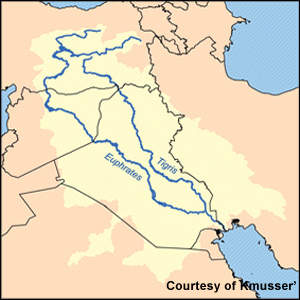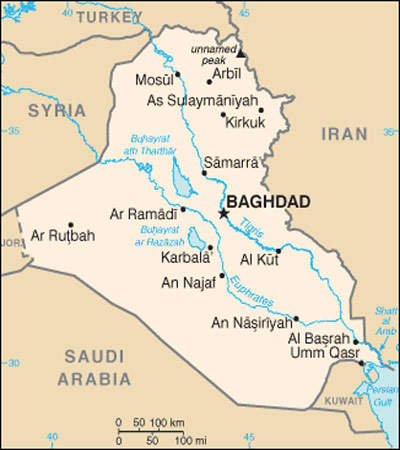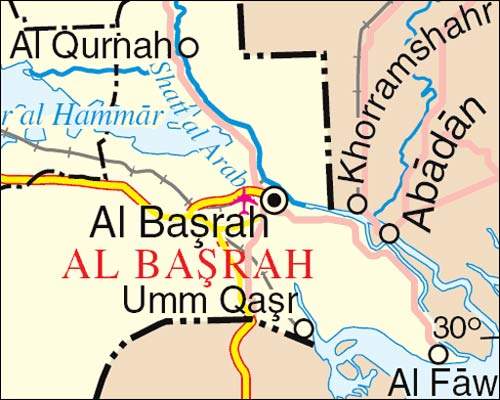Majnoon, located in southern Iraq, is among the richest oil fields in the world, with oil reserves of 23 to 25 billion barrels and proven reserves of 12.8 billion barrels of oil. The field was named Majnoon (crazy) due to an excessive presence of oil in a limited area on the east of the Tigris River in Basra Governorate.
Out of ten major oil and gas fields in Iraq, Majnoon is the first to be offered to an international company for development. In December 2009, the Iraqi government sold the development rights of Majnoon and another oil field, Halfiya, through public auction.
The state of Iraq has a 25% stake in the project, and Shell and Petronas hold 45% and 30% respectively. The contract for Halfiya oil field was won by a consortium of CNPC of China, Petronas and Total for $1.40 per barrel.
Iraq has oil reserves of 115 billion barrels and currently produces 2.5 million barrels per day (bpd).
The country expects to increase the production to seven million barrels per day in six years to compete with Saudi Arabia. The revenues generated through oil production will be used to rebuild the infrastructure in the war-torn country.
Majnoon development contract
Iraq intends to bring its oil production at Majnoon to pre-war levels. The Majnoon development contract includes the drilling of over 40 wells, constructing three gas separation stations and developing refineries.
The contract was awarded to the consortium formed by Royal Dutch Shell (60%) and Malaysia’s Petronas, as it offered $1.39 per barrel.
Shell will implement the development and production service contract. CNPC and Total also bid for the contract, but were unsuccessful.
In the 1990s, Total negotiated the development of the field under the regime of Saddam Hussein, but no agreement was signed due to trade sanctions by the UN.
Majnoon field production
The Majnoon field reported a production of around 50,000 barrels of oil a day (bopd) in November 2003. The new Shell and Petrobas joint venture is expected to increase production to a plateau of 1.8 million barrels of oil per day from 45,000bopd (December 2009).
Geology
The field’s first pay zone consists of Upper Cretaceous, which tested 4,000bpd of gas rich oil in 1976. The pressure at the Upper Cretaceous reservoir was so high that the rig used in the discovery was destroyed. Mishrif carbonates, Nahr Umr sands (Middle Cretaceous) and Shuaiba carbonates and Zubair sands (Lower Cretaceous) form the pay zones.
The field in Hawizah marshes, primarily under man-made islands near Iran’s border north of Basra, extends 60km inland.
Majnoon oil field discovery
Discovered in 1975 by Braspetro (Petrobras of Brazil), Majnoon was found to be a part of Great Rumaila Triangle. Initially, the field was expected to have reserves of seven billion barrels with a heavy to medium range of oil quantity.
Development work stopped in 1980 when Iraq’s war with Iran broke out, by which time the engineering phase was underway. Braspetro had drilled 20 wells at the field and pressed 14 drilling rigs into service.
Iran occupied the area during the war, and the Majnoon field, along with the other parts of Iraq, was looted and sabotaged. Iran then claimed a stake in the field.
In January 2009, however, Iraq declared that the field was entirely in its territory. An extension of Majnoon was discovered on the Iranian side of the border.
Post war, the Southern Oil Company repaired the damages at the field and resumed production. Production reached the pre-war level of 50,000bopd in 2003.










